The Canadian automotive market has shown remarkable resilience in October, with vehicle sales surging by 8.8% compared to the same period last year. This uptick signals a potential rebound in consumer confidence and demand, marking a significant turnaround from the challenges faced during the pandemic. Industry analysts are cautiously optimistic, noting that improved inventory levels and easing supply chain constraints have played pivotal roles in this recovery.
Consumer demand appears to be driving the resurgence, as buyers return to dealerships with renewed interest in both new and used vehicles. The data suggests that pent-up demand, accumulated over months of restricted spending, is finally being unleashed. Sedans, SUVs, and electric vehicles (EVs) are all benefiting from this trend, with EVs in particular gaining traction as more models hit the market and charging infrastructure expands.
Dealerships across the country have reported stronger foot traffic and higher conversion rates, a stark contrast to the subdued activity seen earlier in the year. "We're seeing customers who had been holding off on purchases now ready to commit," said one Toronto-based dealer. "The combination of better availability and competitive financing options is making a difference." This sentiment is echoed by automakers, who have ramped up production to meet the rising demand.
The shift in market dynamics is also reflected in regional sales patterns. Provinces like Ontario and British Columbia, which had experienced sharper declines during the pandemic, are now leading the recovery. Urban centers, where public transportation had previously dampened car sales, are witnessing a resurgence as commuters reconsider personal vehicle ownership post-pandemic. Meanwhile, rural areas continue to show steady demand, particularly for trucks and larger SUVs suited to their needs.
Financing incentives and leasing deals have further fueled the sales rebound. Banks and automakers' captive finance arms are offering attractive rates, drawing in buyers who might have otherwise postponed their purchases. Low-interest promotions and extended warranty packages are proving especially effective in closing deals. "The affordability factor is critical right now," noted an industry insider. "With inflation concerns lingering, buyers are responding well to flexible payment options."
Electric vehicles are emerging as a standout segment, with sales growth outpacing traditional internal combustion engine (ICE) vehicles. Government incentives, coupled with rising fuel costs, are steering more Canadians toward greener alternatives. Tesla, Ford, and Hyundai are among the brands capitalizing on this shift, with their EV lineups attracting significant attention. "The EV market is no longer niche," remarked an analyst. "It's becoming a mainstream choice, and automakers are racing to keep up."
Despite the positive trends, challenges remain. Inventory levels, while improved, are still not at pre-pandemic levels for some popular models. Semiconductor shortages, though less severe than in 2022, continue to cause sporadic delays. Additionally, economic uncertainty—including potential interest rate hikes—could temper the current momentum. "We're not out of the woods yet," cautioned one economist. "The market is healing, but it's a fragile recovery."
Looking ahead, industry watchers are keen to see if the October surge is the start of a sustained recovery or a temporary bump. The holiday season, traditionally a strong period for auto sales, will provide further clues. Automakers are banking on year-end promotions to maintain the upward trajectory, while dealers hope to clear remaining 2023 inventory to make way for new models.
The broader economic implications of this rebound are also worth noting. A healthy auto market often reflects broader consumer confidence and spending power, both critical for Canada's economic growth. As the industry navigates the transition to electrification and adapts to changing consumer preferences, the coming months will be pivotal in shaping its long-term direction.
For now, the 8.8% growth figure is a welcome sign for an industry that has weathered significant turbulence. Whether this marks the beginning of a new growth phase or a fleeting recovery remains to be seen, but one thing is clear: after a prolonged slump, the Canadian auto market is finally showing signs of life.

By Sophia Lewis/Apr 5, 2025
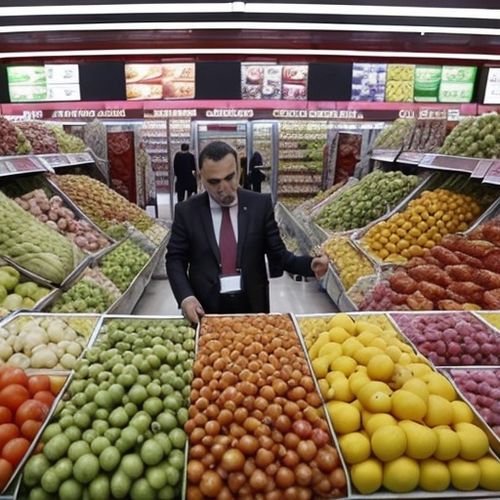
By Jessica Lee/Apr 5, 2025

By Emily Johnson/Apr 5, 2025
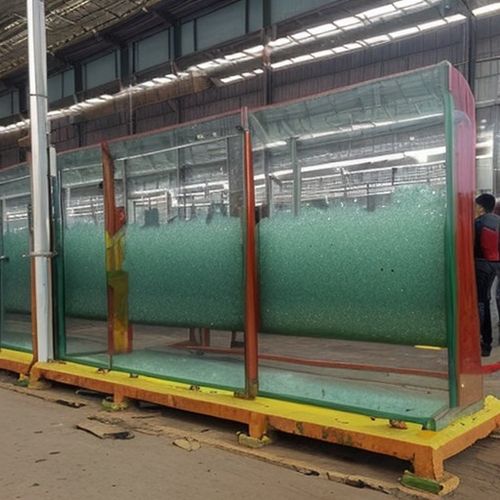
By Sophia Lewis/Apr 5, 2025

By George Bailey/Apr 5, 2025

By Amanda Phillips/Apr 5, 2025

By Emily Johnson/Apr 5, 2025

By Natalie Campbell/Apr 5, 2025

By Sarah Davis/Apr 5, 2025
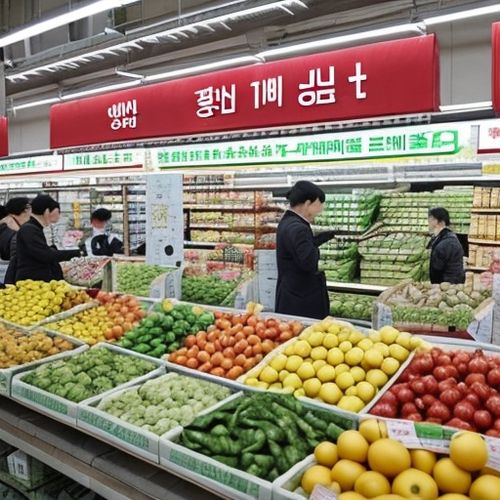
By Laura Wilson/Apr 5, 2025

By Samuel Cooper/Apr 5, 2025

By James Moore/Apr 5, 2025
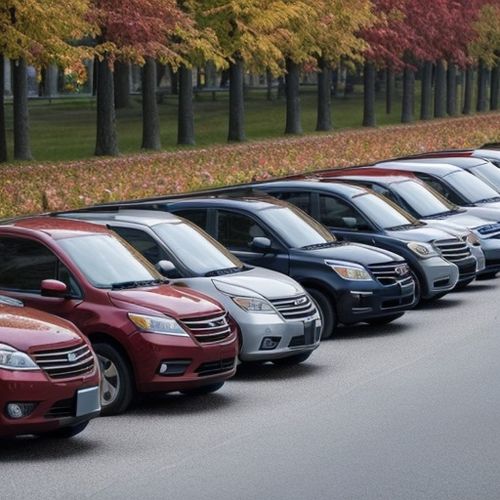
By Noah Bell/Apr 5, 2025
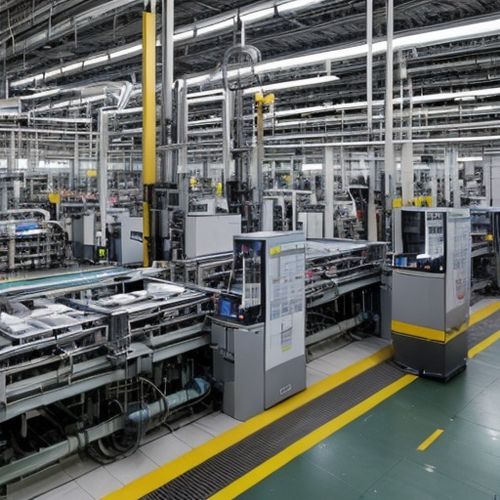
By Sarah Davis/Apr 5, 2025
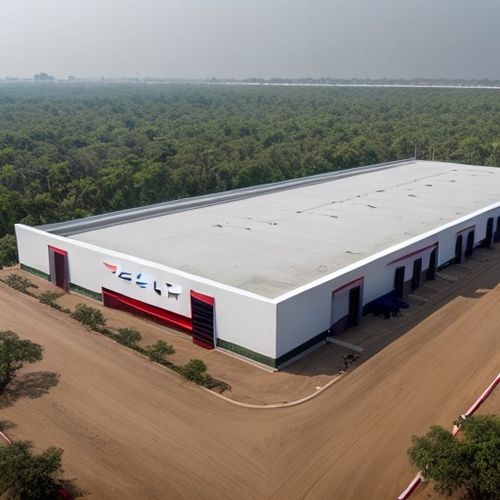
By Ryan Martin/Apr 5, 2025

By Christopher Harris/Apr 5, 2025

By Noah Bell/Apr 5, 2025
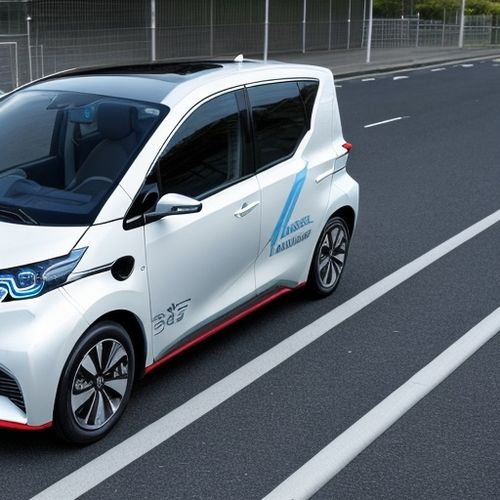
By Thomas Roberts/Apr 5, 2025

By Michael Brown/Apr 5, 2025

By George Bailey/Apr 5, 2025